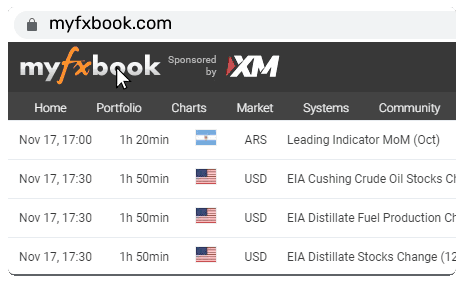US 30, EURUSD, USDJPY
US Core PCE Price index --> US 30 Index
This week, market attention is centered on the upcoming US GDP and PCE data, which could validate expectations for a Federal Reserve rate cut in September following Jerome Powell’s dovish remarks at Jackson Hole. The second estimate of Q2 GDP, due Thursday, is anticipated to confirm moderate growth, while Friday’s July Core PCE report will be critical for assessing inflation dynamics. The Fed’s preferred inflation gauge remains elevated but is showing signs of easing, with forecasts pointing to 2.9% year-over-year. Powell’s comments underscored a shift in the balance of risks, suggesting that policy easing may be appropriate if inflation continues to cool and economic momentum softens. An acceleration of PCE print alongside stable GDP figures could constrain the extent to which the Federal Reserve is able to ease policy.
Equity markets responded positively to Powell’s remarks, with the US 30 index surging to a new all-time high of 45,763.25. The index posted a strong bullish breakout following a period of consolidation, confirming the broader upward trend. Technically, the next upside targets include the psychological level of 46,000 and the 161.8% Fibonacci extension of the corrective wave from 42,800 to 36,470, located at 46,750.
German, French, Italian preliminary CPI --> EURUSD
This week, preliminary August CPI data from Germany, France, and Italy, scheduled for release on Friday, will be closely monitored for insights into inflation trends across the Eurozone. These national figures will feed into the bloc-wide CPI, which serves as a key input for ECB policy decisions. Germany’s data will be particularly influential given its economic weight, while Spain’s recent CPI readings above the 2% threshold have already raised concerns. Despite signs of disinflation in energy and food components, core inflation remains sticky due to wage pressures and service-sector dynamics. The ECB is not expected to adjust rates in 2025, with markets currently pricing in a potential cut by mid-2026.
EURUSD exhibited strong bullish momentum last Friday, breaking above the 1.1700 level. However, the short-term downtrend line remains intact, and the pair is currently showing signs of consolidation. Immediate support lies at 1.1590, followed by the long-term uptrend line at 1.1540. A decisive move above 1.1790 could trigger further upside toward the multi-year high of 1.1830.
Japanese Tokyo CPI --> USDJPY
Japan’s August CPI report for the Tokyo region, due Friday, is expected to show a modest acceleration in inflation, with core CPI (excluding food and energy) forecast at 2.5% year-over-year, down from 2.9% in July. This release is pivotal ahead of the Bank of Japan’s September policy meeting, where a rate hike remains under consideration. Inflation continues to exceed the BoJ’s 2% target, and persistent underlying price pressures, particularly in the core measure, could prompt a reassessment of the current ultra-loose monetary stance. The outcome of the CPI report will be instrumental in shaping expectations for the timing and scale of any policy adjustment.
USDJPY has been trading within a narrow range of 146.60–148.50 over the past three weeks, maintaining its position above the medium-term ascending trend line. A breakout above the 148.50 resistance and the flat 200-day SMA at 149.00 could open the way toward the 50.0% Fibonacci retracement level at 149.40. Further bullish confirmation may come with a rally above the 61.8% Fibonacci level at 151.65.







.jpg)













